ROCKY MOUNTAIN
MAMMALS
Wapiti, or Elk (Gene Putney)
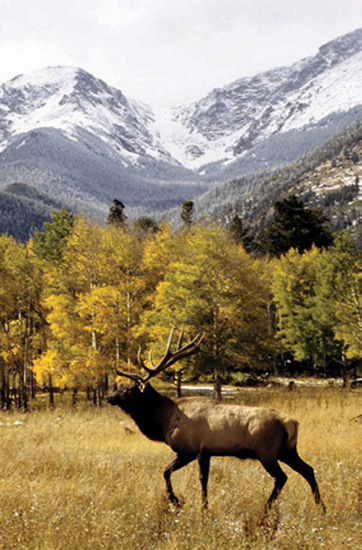
ROCKY MOUNTAIN
MAMMALS
A Handbook of Mammals of Rocky Mountain
National Park and Vicinity, Third Edition
DAVID M. ARMSTRONG
U NIVERSITY P RESS of C OLORADO
in cooperation with
THE ROCKY MOUNTAIN NATURE ASSOCIATION
1987, 2008 by the Rocky Mountain Nature Association
First edition 1975
Third edition 2008
Published by the University Press of Colorado
5589 Arapahoe Avenue, Suite 206C
Boulder, Colorado 80303
in cooperation with
The Rocky Mountain Nature Association
48 Alpine Circle
Estes Park, Colorado 80517
All rights reserved
Printed in Canada

| The University Press of Colorado is a proud member of the Association of American University Presses. |
The University Press of Colorado is a cooperative publishing enterprise supported, in part, by Adams State College, Colorado State University, Fort Lewis College, Mesa State College, Metropolitan State College of Denver, University of Colorado, University of Northern Colorado, and Western State College of Colorado.
 The paper used in this publication meets the minimum requirements of the American National Standard for Information SciencesPermanence of Paper for Printed Library Materials. ANSI Z39.48-1992
The paper used in this publication meets the minimum requirements of the American National Standard for Information SciencesPermanence of Paper for Printed Library Materials. ANSI Z39.48-1992
Library of Congress Cataloging-in-Publication Data
Armstrong, David Michael, 1944
Rocky Mountain mammals : a handbook of mammals of Rocky Mountain National Park
and vicinity / by David M. Armstrong. 3rd ed.
p. cm.
Includes bibliographical references.
ISBN 978-0-87081-882-0 (pbk. : alk. paper) 1. MammalsColoradoRocky Mountain
National Park Region. 2. Rocky Mountain National Park Region (Colo.) I. Rocky
Mountain Nature Association. II. Title.
QL719.C6A75 2007
599.0978869dc22
2007032172
Design by Daniel Pratt
17 16 15 14 13 12 11 10 09 08 10 9 8 7 6 5 4 3 2 1
In memory of Maurice and Mayme Jessup of
Sylvan Dale Guest Ranch, Loveland, Colorado
Dear friends of the Greatest Generation
List of Tables
Checklist of Mammals of
Rocky Mountain National Park
and Vicinity
Extirpated from Colorado within historic time
Introduced in Colorado
Notes: Because of dramatic and ongoing advances in systematic and evolutionary biology over the past generation, the higher classification of mammals is dynamic, and so are the names of some groups. The sequence of treatment of orders, families, and genera is roughly phylogenetic, following R. Baker, Bradley, Bradley, et al. (2003). Common and scientific nomenclature generally follows R. Baker, Bradley, Bradley, et al. (2003). Most generic, familial, and ordinal names have been updated to conform to Wilson and Reeder (2005).
ROCKY MOUNTAIN
MAMMALS
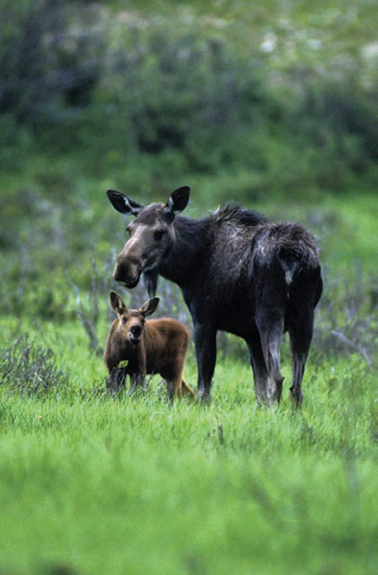
Moose Cow with Calf (Gene Putney)
1
INTRODUCTION
This is a handbook of mammals of Rocky Mountain National Park and adjacent areas. Its purpose is to help visitors increase their understanding and appreciation of the mammals of the area by describing their diversity, their habits, and their complex relationships with the natural environment.
The more we know about our surroundings, the more we can enjoy them. The more we enjoy any resource, the more tenacious we are in protecting it for our own continuing enjoyment and that of generations to comegenerations of people and generations of pine squirrels! I hope that this handbook will not only serve visitors but will also serve our native fauna and its precarious habitat.
The fauna of any area is a dynamic assemblage. Some species undergo seasonal migrations. Others disappear to enter hibernation or dormancy. Geographical ranges change on time scales of years or millennia, as climatic change leads to changes in the resource base. Superimposed on these natural patterns are changes in response to human involvementdeliberate or notin native ecosystems.
Because of this dynamismand because some species are simply difficult to observeit is nearly impossible to list and describe accurately an entire fauna for a particular area, especially an area as complex and diverse as Rocky Mountain National Park. Of the seventy-two species described in this book, about sixty have been documented in Rocky Mountain National Park or Arapaho National Recreation Area by museum specimens and/or confirmed observations of animals or their certain sign. Of that number, at least four species (gray wolf, grizzly bear, river otter, bison, and perhaps the wolverine) have been extirpated within historic time. (The river otter now has been restored on the west side of the national park.) The moose was of occasional natural occurrence in northern Colorado in the latter half of the nineteenth century. The animals were introduced in North Park in recent years by the Colorado Division of Wildlife, and moose are now residents of Rocky Mountain National Park.
OrganizationThe bulk of this handbook is composed of accounts of the species of mammals occurring in or adjacent to Rocky Mountain National Park and Arapaho National Recreation Area (or are strongly suspected to occur or have occurred there within historic times). Accounts of most species treat distribution and habitat, appearance and field recognition, and natural history. Accounts (usually somewhat abbreviated) are provided for species not yet documented in the area but whose presence may eventually be detected, given ongoing habitat change, including direct and indirect human interference.
Wherever possible, data in accounts of species are from local studies. Selected references are provided for each species. These citations will lead interested readers to useful reviews or technical monographs. In keeping with an orientation toward a lay audience, text citations are few. For more information on any of the species described, see Fitzgerald et al. ().
Although our interest is focused specifically on mammals of Rocky Mountain National Park and immediately adjacent areas, this handbook has ) described mammals of the Colorado Plateau to the west.

Sketch map of parts of Wyoming, Colorado, and New Mexico, showing in shaded relief the geographic context of this handbookthe Southern Rocky Mountains. After Adams (), used by permission.
A rather extensive, general introduction precedes the accounts of species. What Is a Mammal? describes mammals in general and attempts to put the local fauna in temporal perspective with respect to other vertebrate animals. Mammalian Distribution establishes the fauna in its spatial context. Comments on ecological distribution are intended to aid the reader in selecting those areas of Rocky Mountain National Park best suited to the development of certain mammalian communities. How to Observe Mammals offers a few hints for the would-be mammal watcher.
Next page

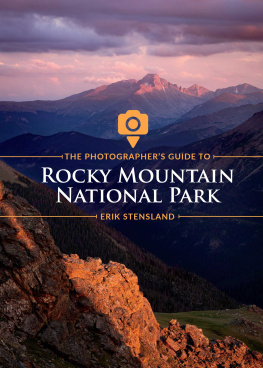
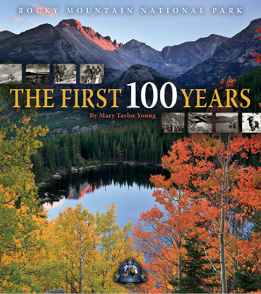

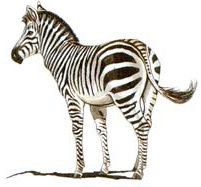


 The paper used in this publication meets the minimum requirements of the American National Standard for Information SciencesPermanence of Paper for Printed Library Materials. ANSI Z39.48-1992
The paper used in this publication meets the minimum requirements of the American National Standard for Information SciencesPermanence of Paper for Printed Library Materials. ANSI Z39.48-1992
